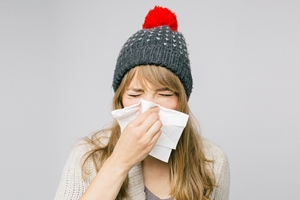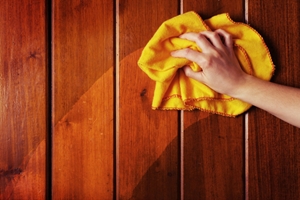
We hear all the time that one of the main reasons we suffer from allergies is because our immune system overreacts. While we understand there's nothing we can do about that, besides take medication to control the release of histamines, wouldn't it be nice if we could blame something else for our allergy problems? It'd probably make all of us feel a lot better.
We have good news for you. You can blame something else: your home. If you're suffering from allergies during the winter, there's a good chance your home is the culprit. After all, there is no pollen floating in the air, so it can't be ragweed or grasses.
"You don't have any pollens in winter," said Douglas Jones of the Rocky Mountain Allergy, Asthma and Immunology Group, "But you still have the indoor [allergens] — cats, dogs, cockroach droppings, dust mites, and mold."
Here are three indoor allergens and how to manage them:
1. Dust and dust mites
Dust mites love humidity over 60 percent and temperatures between 60 and 85 degrees. Use a dehumidifier to reduce dryness in the air.
2. Mold
If you use a humidifier, remember that mold thrives in high humidity. Your home should have a maximum humidity of 50 percent.
3. Pet dander
If you dust all the time and a home auditor notes that mold isn't a problem, you may be allergic to your pets. By visiting allergy specialists, you can determine whether your dogs and cats are causing you to sneeze and wheeze.
For more information on proper allergy management techniques and allergy control products, visit Allergy Be Gone today.









